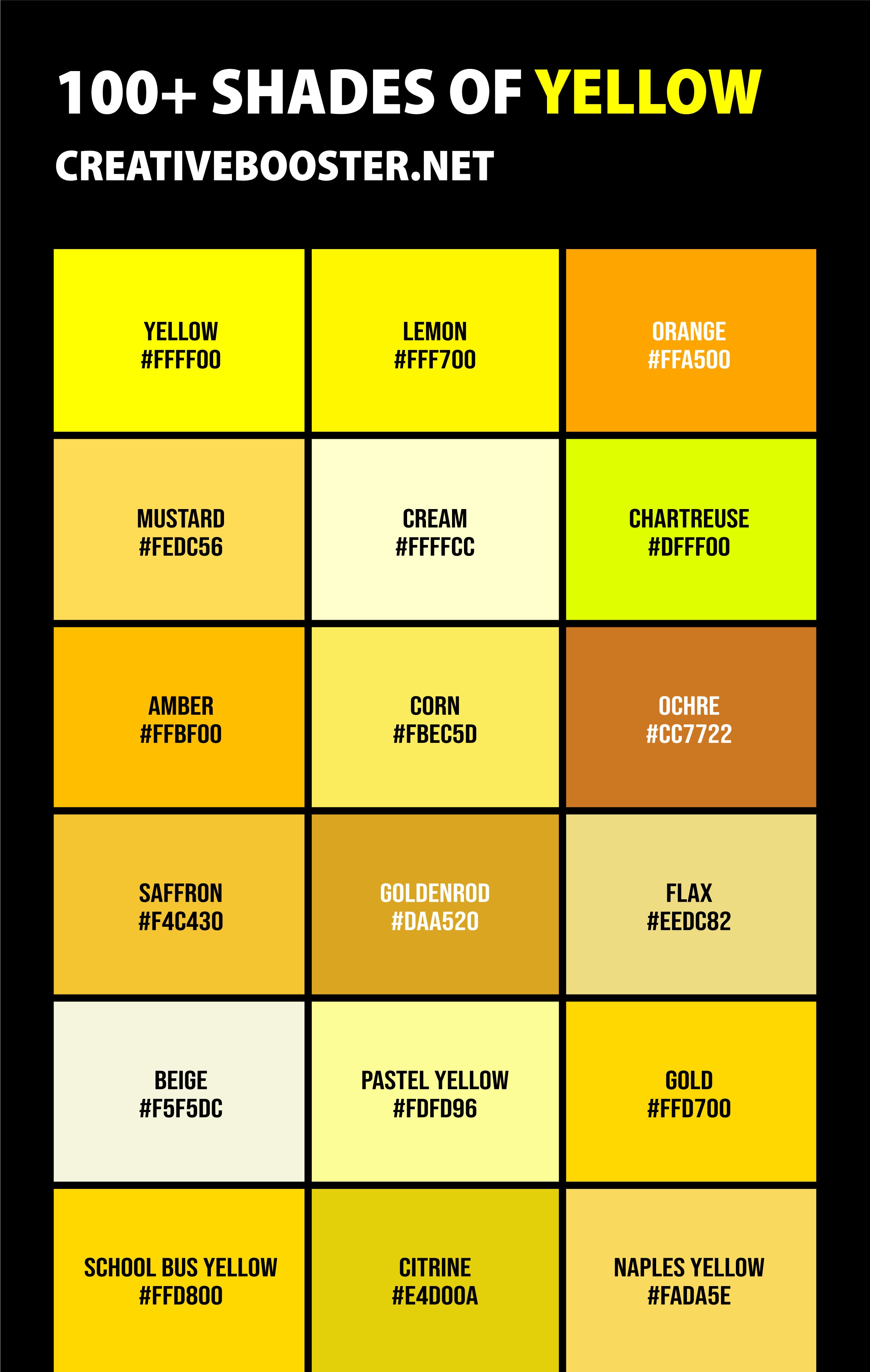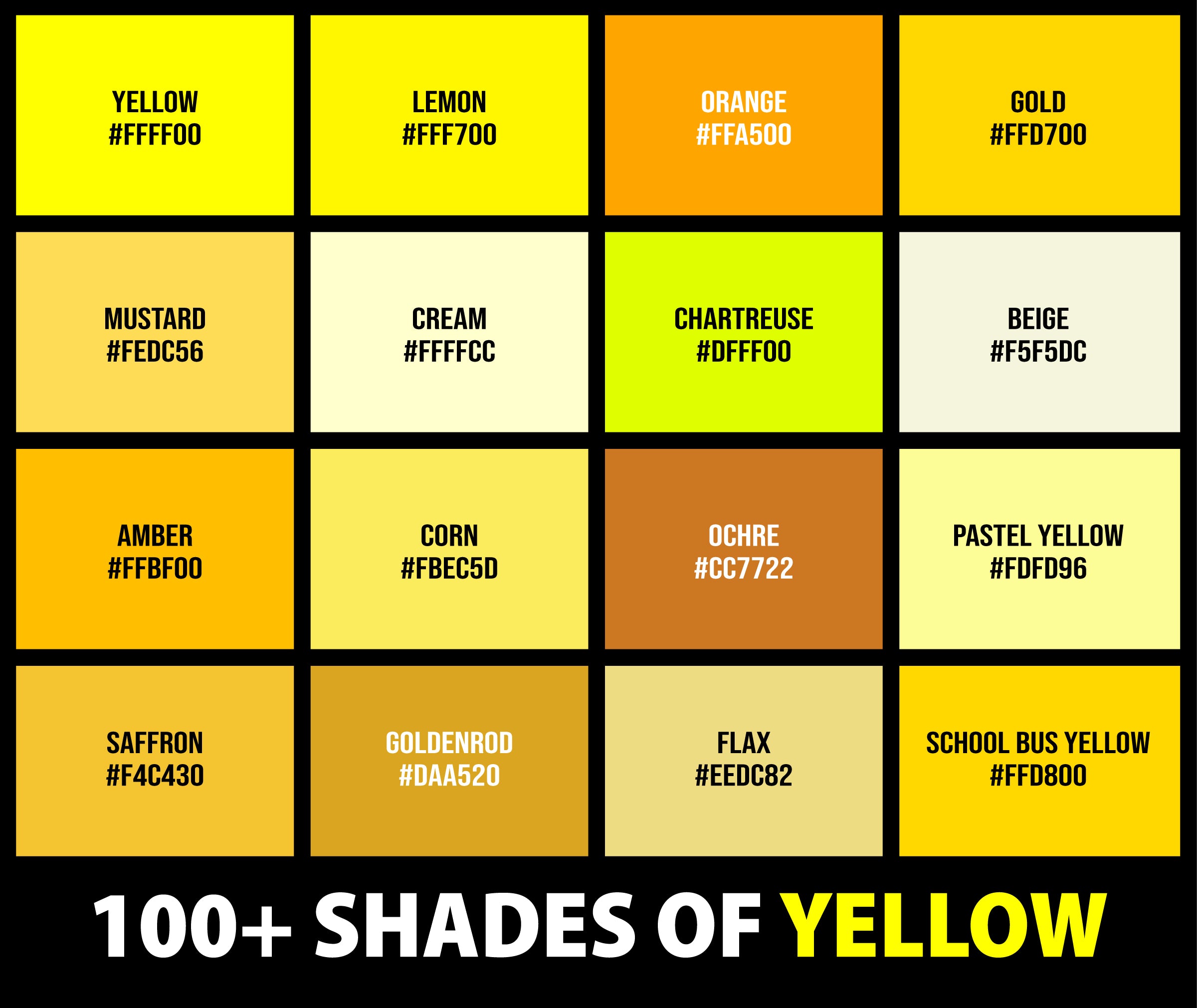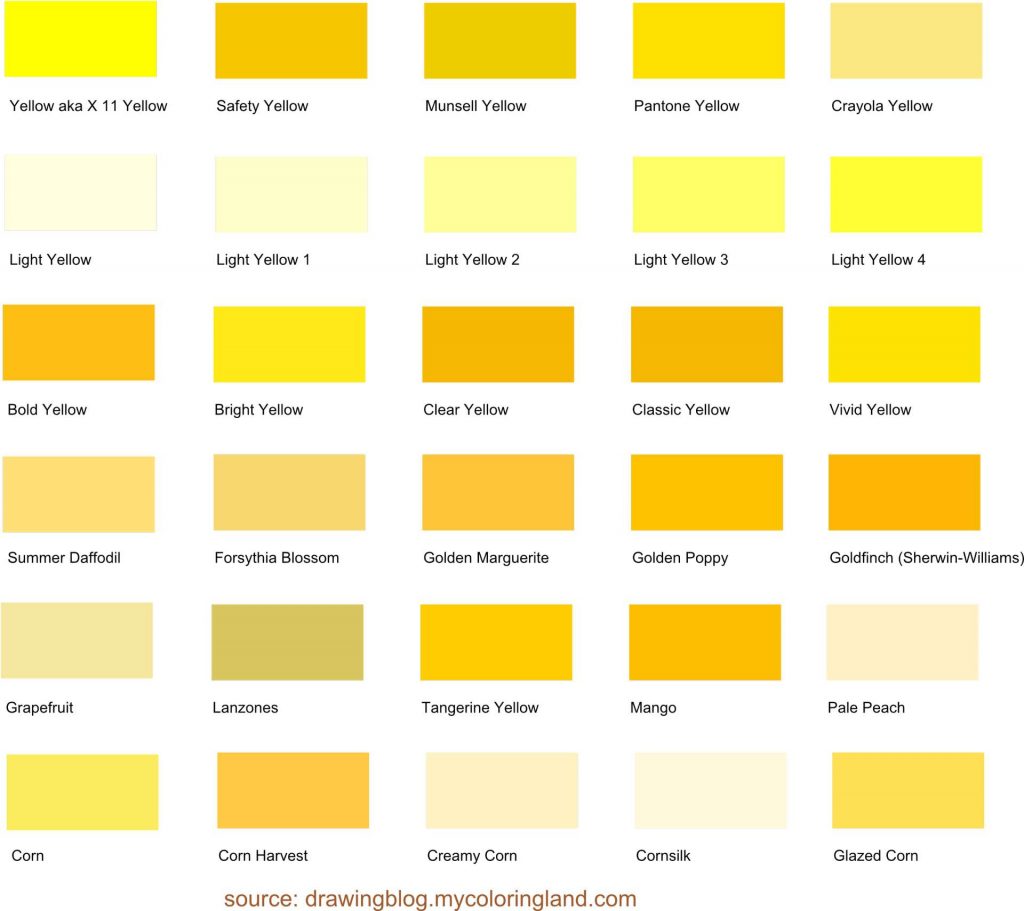Have you ever stopped to think about colors and how they bring so much life to everything around us? It's really something, isn't it? From the sun shining bright in the sky to a cheerful flower, yellow just pops. When you're learning a new language, getting to grips with colors is, you know, a pretty big step. It helps you talk about the world in a more complete way. So, if you're keen to chat about sunny days or perhaps a speedy car, knowing how to say yellow in Spanish is a good place to begin.
There's a certain warmth that comes with the color yellow, wouldn't you say? It's the color of happiness for many, and it often brings a sense of energy. Learning how this vibrant shade is expressed in Spanish, which is 'amarillo,' opens up all sorts of ways to describe things. You might be surprised, too, by how this simple word can connect to different ideas, even in some pretty unexpected places, like in the name of a lively online community.
Today, we're going to explore what 'yellow in Spanish language' really means. We'll look at the main word, how it changes, and a bit about how it's used. We'll even see how a name like "Yellowbullet.com," a place where people talk about things like "racing, builds, pro mods, hot rods, events, turbos, nitrous, superchargers," uses the idea of yellow in its identity. It's almost like the color itself has a personality, and it shows up in some cool spots.
Table of Contents
- The Heart of Yellow: 'Amarillo'
- Saying 'Amarillo' Just Right
- Matching 'Amarillo' to What You're Talking About
- Beyond the Basics: Yellow in Context
- Different Shades of Yellow
- Yellow in Common Sayings
- Yellow in the Wild: A Community Example
- Questions People Often Ask About Yellow in Spanish
- Putting Your Yellow Knowledge to Use
The Heart of Yellow: 'Amarillo'
When you want to say "yellow" in Spanish, the main word you'll use is 'amarillo.' It's a pretty straightforward word, but like many words in Spanish, it needs to agree with the thing it's describing. That's a common thing in Spanish, where words change a little bit depending on if what you're talking about is a boy thing or a girl thing, or if there's just one of them or many.
So, you've got 'amarillo' as the base. But you'll also come across 'amarilla,' 'amarillos,' and 'amarillas.' It's really not too complicated once you get the hang of it. It's just a matter of matching the ending of the word to the noun, or the naming word, that you're using it with. For instance, you wouldn't say "a yellow car" the same way you'd say "yellow flowers" if you were speaking Spanish.
Saying 'Amarillo' Just Right
Getting the sound of 'amarillo' right is, you know, pretty helpful. It's spelled A-M-A-R-I-L-L-O. The 'll' sound in Spanish is a bit like the 'y' in "yes" or the 'j' in "jump" for some speakers, but it's often more like the 'y' sound. So, you'd say it something like "ah-mah-REE-yoh." The stress, or the part you say a bit louder, is on the 'REE' part.
Practicing it out loud, that's often the best way to get it to feel natural. Try saying "ah-mah-REE-yoh" a few times. You'll find it rolls off the tongue pretty easily. It's actually a rather pleasant sound, too, when you think about it. Many Spanish words have that kind of flow.
Matching 'Amarillo' to What You're Talking About
This is where 'amarillo' gets a little bit flexible. In Spanish, words that describe things, like colors, often change their ending to match the noun they're with. This is called gender and number agreement. It's a bit like how we say "one apple" versus "two apples" in English, but it also considers if the apple is a "masculine" or "feminine" word in Spanish.
Here's how it works with 'amarillo':
- Amarillo (masculine, singular): Use this for one male-gendered thing.
For example, "el coche amarillo" (the yellow car). A car, or "coche," is a masculine word in Spanish. So, 'amarillo' stays as is. It's just one car, too.
- Amarilla (feminine, singular): Use this for one female-gendered thing.
For instance, "la flor amarilla" (the yellow flower). A flower, or "flor," is a feminine word. So, 'amarillo' changes to 'amarilla.' It's still just one flower.
- Amarillos (masculine, plural): Use this for many male-gendered things.
Like, "los plátanos amarillos" (the yellow bananas). Bananas, or "plátanos," are masculine, and there's more than one. So, it's 'amarillos.' It's almost like adding an 's' to the end, but with the gender change too.
- Amarillas (feminine, plural): Use this for many female-gendered things.
Think about "las casas amarillas" (the yellow houses). Houses, or "casas," are feminine, and there are many of them. So, 'amarillas' is the way to go. It's a very neat system, once you get the hang of it.
It's really just a matter of practice, you know? The more you see and use these forms, the more natural they'll feel. You could try looking around your room right now and naming things that are yellow, then try to say them in Spanish, remembering these little changes. It's a pretty good way to learn, actually.
Beyond the Basics: Yellow in Context
Knowing 'amarillo' is a great start, but colors often have more to them than just the basic word. There are shades, of course, and sometimes colors show up in common sayings or have a special feeling attached to them in a culture. It's sort of like how in English, "feeling blue" means something different than just the color blue. Spanish is the same way, in some respects.
The color yellow, you know, it tends to be pretty universal in its basic meaning, but the nuances are what make language so rich. It's not just about naming the color; it's about all the other ideas that come with it. So, let's look at a few more ways 'yellow' shows up.
Different Shades of Yellow
Just like in English, you can describe different kinds of yellow in Spanish. It's pretty simple, actually. You just add another word to 'amarillo' or its variations.
- Amarillo claro: This means "light yellow." 'Claro' means clear or light.
For example, "una camisa amarilla clara" (a light yellow shirt). It's a very gentle shade, you know?
- Amarillo oscuro: This means "dark yellow." 'Oscuro' means dark.
Like, "un coche amarillo oscuro" (a dark yellow car). It gives a car a really deep, rich look, sometimes.
- Amarillo brillante: This is "bright yellow." 'Brillante' means bright or shiny.
Think of "un sol amarillo brillante" (a bright yellow sun). That's a pretty common sight, isn't it?
- Amarillo pálido: This means "pale yellow." 'Pálido' means pale.
You might see "paredes amarillas pálidas" (pale yellow walls) in a room. It's a softer kind of yellow.
These extra words let you get more specific, which is always nice when you're trying to describe something just right. It's almost like adding a little more detail to a picture you're drawing with words.
Yellow in Common Sayings
While yellow in Spanish doesn't have as many wildly different idiomatic expressions as some other colors, it does carry some common associations. Generally, 'amarillo' is linked to good feelings, like happiness and sunshine, much like it is in many places around the world. It's a very positive color, typically.
However, there are a few phrases that might come up:
- Ponerse amarillo: Literally "to turn yellow." This can mean to become pale or sickly, like when someone looks unwell.
For instance, "Después de la noticia, se puso amarillo." (After the news, he turned pale.) It's a very human reaction, you know?
- Prensa amarilla: This translates to "yellow press" or "yellow journalism." It refers to sensationalist journalism, like tabloids, which is quite interesting.
You might hear, "Esa revista es pura prensa amarilla." (That magazine is pure yellow journalism.) It's a pretty strong way to describe it, actually.
So, while it's mostly a cheerful color, it does have these other little meanings. It just goes to show how words, even color words, can pick up different shades of meaning over time. It's a bit like how a song can have different feelings depending on who's listening.
Yellow in the Wild: A Community Example
It's fascinating how colors, even a simple one like yellow, can become part of a community's identity. Take "Yellowbullet.com," for instance. It's a forum community, and it's dedicated to people who really love drag racing. When you think about it, the name "Yellowbullet" itself, you know, it paints a picture.
This is a place where "drag racing drivers and enthusiasts" gather. They talk about "racing, builds, pro mods, hot rods, events, turbos, nitrous, superchargers, and more!" It's a high-energy environment, a place where people share "old drag race photos from the 50's, 60's and 70's." They're passionate about their cars, and they even discuss things like "converting 63 fe 427 solid lifter block to hyd" or fabricating "quarter panel patches." It's a very specific, dedicated group.
The "yellow" in "Yellowbullet" could suggest speed, like a fast bullet, or perhaps a warning, like a yellow flag on a race track, or even just a distinctive, memorable color. It's a very eye-catching color, so it makes sense for a community that's all about speed and standing out. It's a place where, you know, "the weak are killed and eaten!!!" and "vulgar language and nudity may be enclosed!" So, it's a pretty intense, unfiltered kind of space, and the name "Yellowbullet" certainly captures some of that raw energy.
This community, you see, it's a real example of how a color, even in a name, can evoke a whole feeling and identity. It shows that 'yellow' isn't just a word you learn in a language class; it can be part of something much bigger, like a shared passion. It’s a very cool way to see a color in action, so to speak. It’s almost like the color itself has a role to play in the identity of the group, which is pretty neat.
If you're interested in learning more about how communities form around shared interests, you could learn more about online forums and communities on our site. It's a fascinating topic, really, how people come together over things they love. And if you're curious about the history of racing, you might also find this page interesting: the evolution of motorsports. It’s a very rich subject, with lots to explore.
Questions People Often Ask About Yellow in Spanish
When you're learning about colors in Spanish, a few common questions tend to pop up. It's pretty normal, you know, to wonder about the little details. So, let's clear up some of those frequently asked things about 'yellow' in Spanish.
Is "amarillo" masculine or feminine?
That's a very good question, and it's something that often confuses people starting out. The word "amarillo" itself, as the base form, is masculine. But here's the thing: it changes its ending to match the gender of the noun it's describing. So, if you're talking about a masculine noun, it stays "amarillo." If it's a feminine noun, it becomes "amarilla." It's a bit like a chameleon, you know, changing to fit its surroundings.
Are there other words for yellow in Spanish?
For the most part, "amarillo" is the standard word for yellow in Spanish. There aren't many completely different words that mean "yellow" in the same way, unlike some other colors that might have regional variations. However, as we discussed, you can add words like "claro" (light) or "oscuro" (dark) to specify different shades. So, while the base word is pretty consistent, you can certainly describe different kinds of yellow, which is really helpful.
What are some common phrases with "amarillo"?
Beyond just describing objects, "amarillo" can appear in a few common expressions. We talked about "prensa amarilla" for yellow journalism, which is a pretty well-known one. Another one, "ponerse amarillo," means to turn pale, often from fear or sickness. So, while it's not used in a huge number of idioms compared to some other colors, these few phrases are quite useful to know. It's a bit like learning the little quirks of a language, you know?
Putting Your Yellow Knowledge to Use
So, there you have it! You've taken a good look at 'yellow in Spanish language,' from the basic word 'amarillo' and its forms to how it shows up in different contexts, even in the name of a lively community like Yellowbullet.com. It's pretty cool how a simple color word can have so much to it, isn't it? It's not just about memorizing a word; it's about understanding how it works and feels.
The best way to really make this knowledge stick is to start using it. Look around you, point out things that are yellow, and try to say them in Spanish. Think about a yellow car, or a yellow shirt, or maybe a bunch of yellow flowers. The more you practice, the more natural it will become. It's almost like building a new muscle, you know, the more you work it, the stronger it gets. So, go ahead and add 'amarillo' to your Spanish vocabulary today!
You can also try to listen for it in Spanish songs or shows. It's a very common word, so you'll definitely hear it. And remember, learning a language is a journey, and every little bit of new knowledge, like knowing how to say 'yellow,' adds to your ability to communicate and connect. It's a very rewarding thing to do, actually. So, keep going, and enjoy the colors of the Spanish-speaking world!
For more about language learning, you could check out this very helpful external resource: Real Academia Española. It's a great place to look up Spanish words and their meanings, which is pretty much the gold standard for the Spanish language.
Today's date is May 15, 2024, and the interest in learning Spanish colors, like yellow, remains consistently high. It's a topic that never really goes out of style for language learners, so you're certainly in good company.



Detail Author:
- Name : Jarod Welch
- Username : karelle.heathcote
- Email : lueilwitz.reilly@buckridge.com
- Birthdate : 1982-04-22
- Address : 11223 Lisandro Square Port Jaunita, DC 59268-4208
- Phone : +1-417-594-4612
- Company : Ullrich, Legros and Powlowski
- Job : Athletes and Sports Competitor
- Bio : Autem minima est sapiente dignissimos fugit. Nostrum vel eligendi quo praesentium in praesentium. Accusamus necessitatibus laboriosam tempora nesciunt quibusdam placeat.
Socials
instagram:
- url : https://instagram.com/zweber
- username : zweber
- bio : Nihil beatae laboriosam eligendi ducimus. In aspernatur sint qui iusto amet qui.
- followers : 416
- following : 433
facebook:
- url : https://facebook.com/zoey_weber
- username : zoey_weber
- bio : Qui consequuntur soluta aut qui ea.
- followers : 1700
- following : 970
linkedin:
- url : https://linkedin.com/in/zoey.weber
- username : zoey.weber
- bio : Suscipit aliquam nostrum quae molestiae.
- followers : 705
- following : 2437
twitter:
- url : https://twitter.com/zoeyweber
- username : zoeyweber
- bio : Et ut error quis dolores quaerat aliquid facere. Nobis eos est amet blanditiis deleniti expedita aliquam odio. Odio ex cumque dolores unde soluta.
- followers : 3679
- following : 2769

